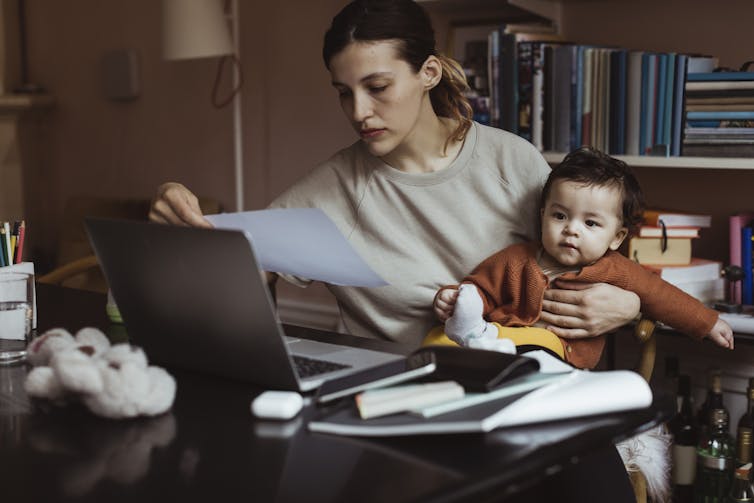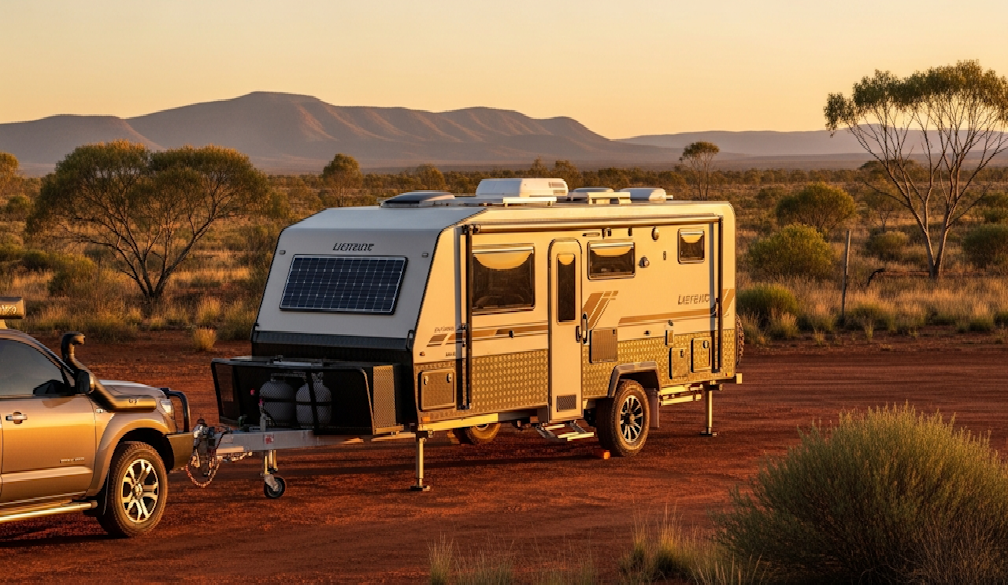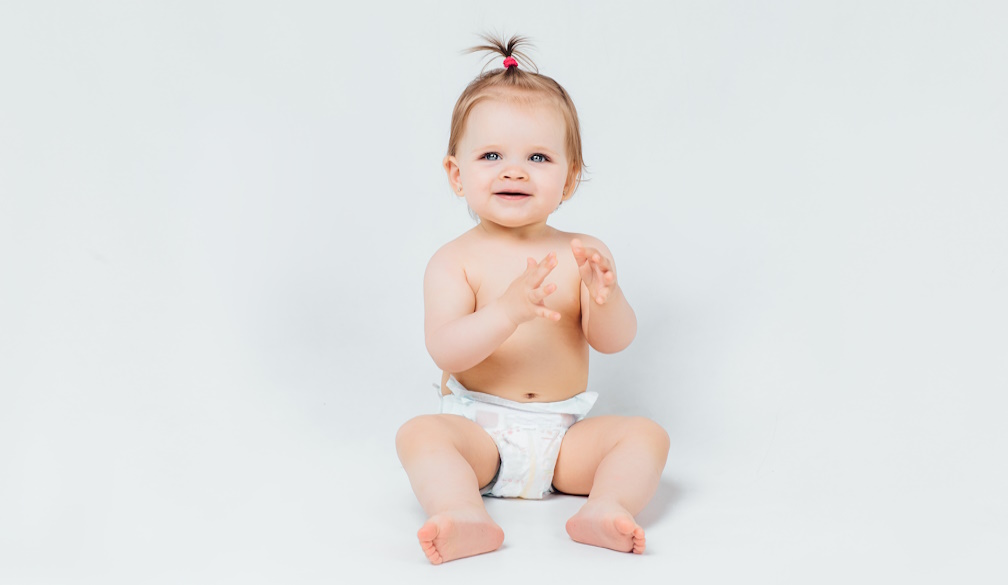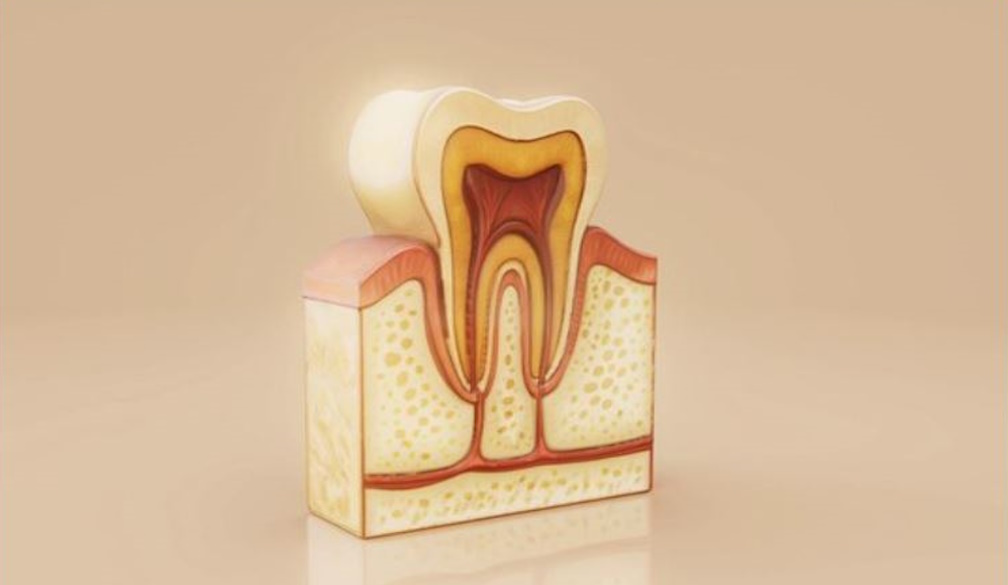How much does it really cost to raise a child? An expert does the maths
- Written by Ben Phillips, Associate Professor, POLIS@ANU Centre for Social Policy Research, Australian National University

Australians are having fewer children than ever. At 1.5 babies per woman, the fertility rate is at a record low[1]. Many attribute[2] this to the cost of having and raising children.
If this is true, it raises questions of intergenerational fairness and future planning for governments. What do we do about the young would-be parents[3] who are opting out because it’s simply too expensive?
The problem with this assumption is that while it may feel true that childbearing must have become more expensive over the decades, it’s not that simple.
So what do parents have to fork out to raise children, how do we measure it, and are kids really that much more expensive now than they used to be?
Lower income families spend a higher share of their income on children, at around 17% for the first child and 13% for subsequent children. But these households spend a lower absolute amount on children.
Does age of the child change the cost? There is uncertainty around this, but our latest research indicates younger children and older children are moderately more expensive than middle aged (six to 12) children.
This finding contrasts with previous research[9] and conventional wisdom that older children are the most expensive.
These estimates are not set in stone. There are different ways to estimate such numbers and they can differ depending on what definitions you adopt and methods you use to analyse the data.
Ok, do kids cost more now?
The HILDA dataset has been gathered over many years, so we can compare the cost of children through time, albeit not perfectly.
Single year samples are relatively small and subject to error, but that analysis suggests not a lot has changed with the cost of children since 2001.
Our research doesn’t provide clues as to why fertility rates in Australia have dropped (as they have in most developed nations). Other data such as Australian Bureau of Statistics income survey[10] and financial stress[11] data suggest real incomes for couples with children have increased over the longer term (although not by much, if at all, in recent years).
Read more: Australia in a baby bust? It’s not that simple – and a panic won’t help[12]
The lack of evidence here likely points to other factors driving lower fertility rates. Families may be delaying having children to focus on other pursuits, such as employment or education. It’s also more acceptable for couples, and women in particular, to choose to not have children.
Another possible reason is people could be being deterred by the perception of higher costs, instead of the actual cost. Or perhaps people simply want to spend their money elsewhere.
Calculating the cost of children is complex and imprecise, but it’s fair to say the evidence doesn’t show that the direct cost of kids is getting more expensive over time. Younger generations not having kids, or fewer kids, is likely related to many factors, but we can’t draw affordability down generational lines.
References
- ^ a record low (theconversation.com)
- ^ attribute (www.smh.com.au)
- ^ young would-be parents (www.mamamia.com.au)
- ^ our paper (polis.cass.anu.edu.au)
- ^ budget standards (www.unsw.edu.au)
- ^ survey (www.abs.gov.au)
- ^ Housing Income and Labour Dynamics in Australia (melbourneinstitute.unimelb.edu.au)
- ^ Getty (www.gettyimages.com.au)
- ^ previous research (www.goldsborough.com.au)
- ^ income survey (www.abs.gov.au)
- ^ financial stress (www.abs.gov.au)
- ^ Australia in a baby bust? It’s not that simple – and a panic won’t help (theconversation.com)













